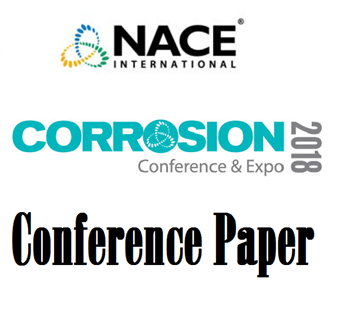Search
51318-11484-Identification of Microbiocides that Mitigate a Broad Spectrum of Problematic Microorganisms
Also Purchased
51318-11477-Corrosion evaluation of tubing steels and material selection in the CO2/H2S coexistent environment
Product Number:
51318-11477-SG
Publication Date:
2018
$20.00
51318-11478-High Strength N07718 with Improved Resistance to Cracking in H2S-Containing Environments
Product Number:
51318-11478-SG
Publication Date:
2018
$20.00
51318-11481-Impacts of Impurities SO2 and H2S on Corrosion of sc-CO2 Pipe Steels
Product Number:
51318-11481-SG
Publication Date:
2018
$20.00




